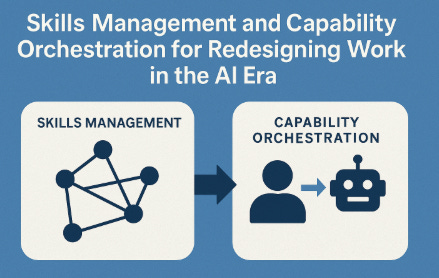Skills Management and Capability Orchestration for Redesigning Work in the AI Era
Directionally Correct Newsletter, The #1 People Analytics Substack
By: Angela Le Mathon & Cole Napper
Description: Why AI-era organizations need capability orchestration, not just skills cataloguing


